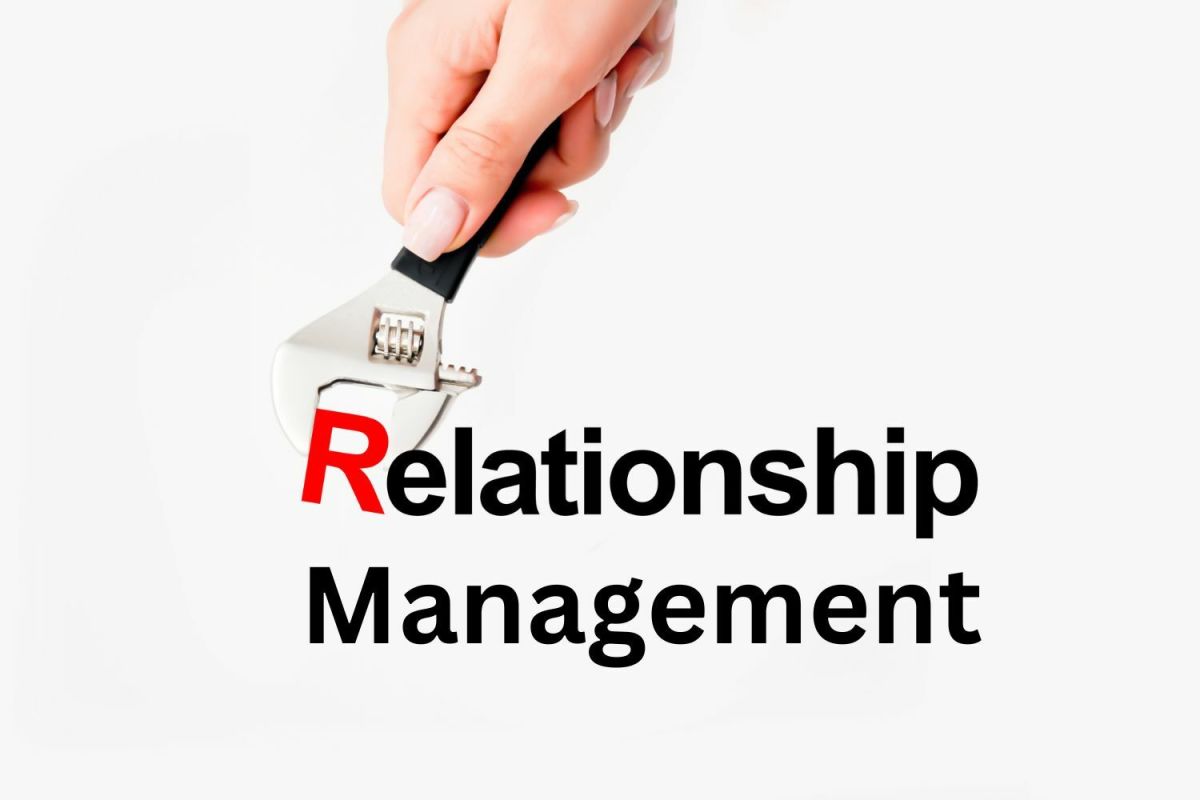Communication Leads To A Motivated Workforce
Introduction
Communication is the key to life. Communication is the reason why the human and animal kingdoms have survived for such a long period of time. This makes it obvious that for a business to be successful they will need to have a high level of effective communication from owners to managers to workers. In this article we will analyse the critical role that communication plays in creating long term motivation in the workforce. Through the use of relevant examples, theories and studies we will be able to see why communication is so fundamentally important and how it directly relates to the success or failure of a business. We will further examine the barriers to workplace communication, how to improve workplace communication and the role business ethics plays in enhancing or destroying workplace communication. Additionally, we shall mention the advantages and disadvantages related to communication within the workforce.
We have already established that motivation of the workforce is what makes or breaks a business. We must now look at how effective communication can lead to a motivated workforce. In order to do this, we must look at the benefits of effective communication in the workplace.

Benefits of Effective Communication
Let us look at a situation wherein the owners of a business needs to make a strategic change in the lower portion of their business. It would be impractical for a board member or CEO to personally convey this message. In a typical business the CEO would communicate his need to make this change to a manager of that sector of the business who would then convey it to the supervisor of the group of workers that carry out this portion of business’s needs. If the instructions are clear through each link in this hierarchy, then the task can be carried out correctly and there would be no further need to waste time on this subject. In the case wherein the CEO gives a vague or unclear instruction the wrong message would be sent down the chain resulting in the final task been done incorrectly. This could lead to financial expenses for the business or even the loss of jobs for some workers. All this could be a result of a simple communication error. In this example we can see the advantages and disadvantages effective and ineffective communication. This example relates to the information theory of communication wherein businesses put measures in place to ensure the most accurate conveyance of information to minimize on mistakes and misunderstandings.
Additional Benefits
Other benefits of effective communication are; increased productivity, decreased employee turnover, wider networking, increased morale and motivation in the workforce, new ideas surface that can benefit the businesses position in a global economy, and most importantly a decrease in mistakes from workers. The above benefits have proven to be true by huge companies that place significance importance on effective communication.

Major Companies That Believe in Communication
Google is one these companies. It has been widely publicized that the core of Googles success stems from teamwork, and the key aspect of a successful team is constructive communication between members of said teams. Due to communication team members can share ideas that would not be apparent to an individual and expand on each other’s ideas. Another such example is Microsoft. They base their entire workplace culture on placing importance in communication with co-workers and managers. The above are two of the biggest cooperation’s in the world thus we can see how effective communication leads to long term motivation and in turn a successful business.
Statistics Proving The Importance of Communication
In terms of facts that prove how important communication is in motivating employees and building a successful business there are many. A study conducted in 2009 by Watson Wyatt displayed that 67% of businesses who emphasize communication have a 47% higher return to shareholders over a 5-year period than those who do not communicate well. A further research conducted by the team at Knoll expanded and displayed the characteristics of an effective communication strategy. The following are the 5 characteristics that they deduced; A proactive approach to communication, Honest tone in messaging, Consistent language and terms, Message content that “connects the dots” for employees, and ongoing communications. The above studies contain ample evidence that highlights the importance of structured communication in the workplace. There are however barriers that block effective communication in a business.

Barriers to Communication
There are 13 barriers in total but I shall only expand on a few of the key ones. Poor listening skills by workers and management leads to both parties not getting the full essence of what is expected of them. The body language of managers plays a massive role in blocking communication, as workers sometimes feel fearful to express their opinion. An overload of information is another hazard to communicating effectively as managers often throw a pile of information at workers in a huge wave. The workers tend to get bored and stop paying attention leading to only a portion of the tasks being completed. The remaining 10 barriers are as follows; making assumptions, ineffective questions, emotional distractions, conflicting messages, physical barriers, perception, culture, language, workplace stress and interpersonal relations.
Methods to Improve Communication
The methods used to improve workplace communications are many and vary from business to business and from individual to individual thus there is no one proven method. However, it is agreed upon by influential business owners that the fundamental basis for effective communications branches out from the business culture and the business ethics that managers instill in their workers.

Business Ethics Controls Communication
The above leads me to our discussion of business culture and ethics. It is quite obvious that workers will react to the manner in which management carries themselves. An example could be a manager that walks in late for work, just hands out instructions in a harsh tone and disregards the opinions of his/her workers. The consequence is that workers will feel unimportant and will not be motivated to do their work. It is because of this that it is important for business to create a friendly, warm environment where the opinions of workers are heard and they can communicate freely without being fearful of their remarks. The process of communicating well is developed at the very top of the chain and ripples downwards.
Conclusion
In conclusion, we have explored many facets and angles to communication in the business. We have looked at the information theory of communication and examined various studies on this topic. All of the above lead to a definite conclusion that effective communication in the workplace is vital for worker motivation and in turn leads to a successful business. It is also the path to long term sustainability of the business and a great way to retain valuable employees.
It's Your Turn
Do you think communication is important to motivate the staff?
© 2016 Yaseen Essack








